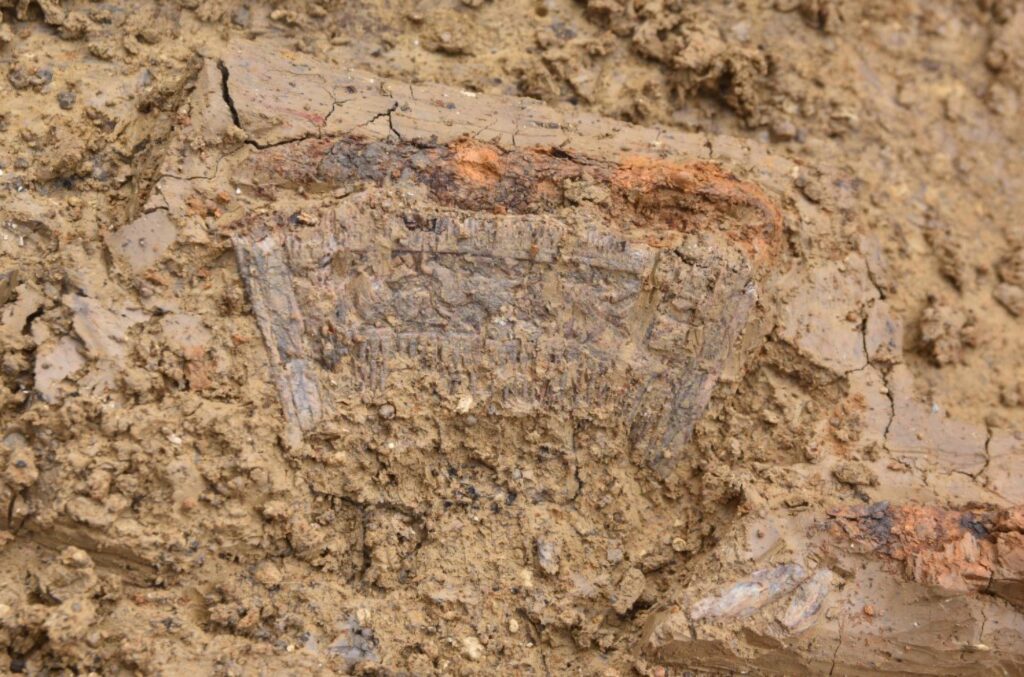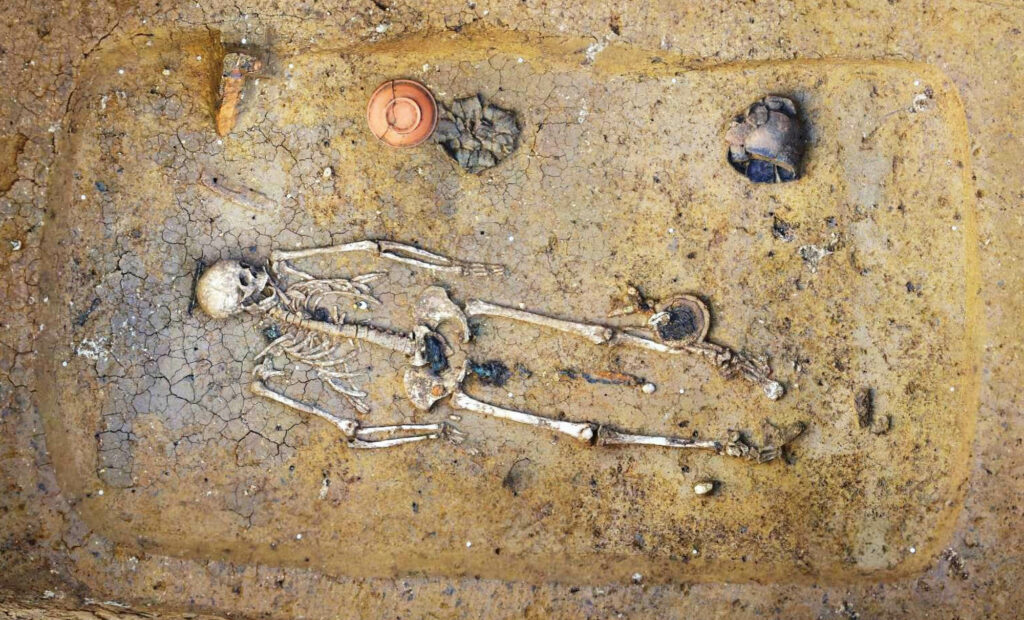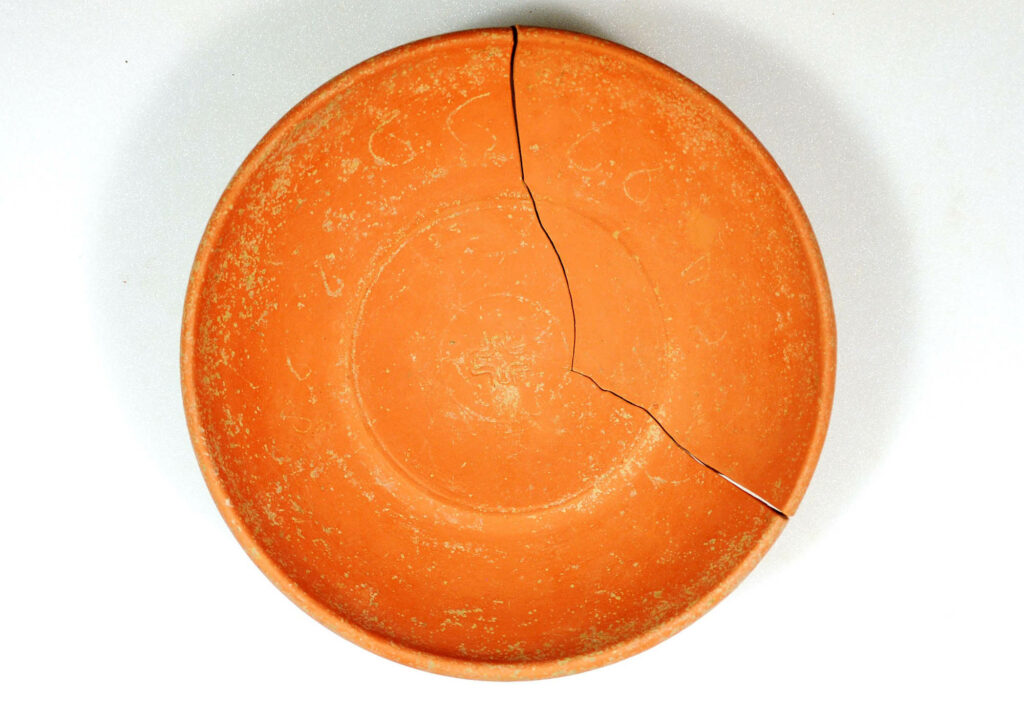Archaeologists have found valuable objects including an ornate ivory comb with stunning carvings and a bowl from Africa in two sixth-century graves in northern Swabia – the first such find north of the Alps.
Mathias Pfeil, curator-general at the Bavarian State Office for Monument Protection (BLfD), said on Friday, 1st October: “The two finds must have been real luxury goods at the time.”
The archaeologists came across the graves in a development area in the Bavarian municipality of Deiningen, which is located in the north of the German cultural region of Swabia.

Carved into the comb are hunting scenes showing gazelle-like animals not found in Europe jumping away from predators.
Such carved ivory combs from the sixth century are extremely rare, and the one found at Deiningen is the first such example displaying secular motifs.
Similar combs from the same period carved with Christian motifs are on display at the Louvre, the Egyptian Museum and the Vatican.
The red ceramic bowl found at the site comes from a workshop in what is now Tunisia.
Such bowls were widely traded across the Mediterranean, but the one uncovered at Deiningen is the first intact example found north of the Alps.

The comb in Deiningen during the excavation.
The bowl is stamped on the base and its rim is etched with rune-like symbols, whose meaning is unclear.
The comb was found in the grave of a 40-to-50-year-old man believed to be a horse rider and a prominent personality among his contemporaries.
The bowl was found in the grave of a 30-to-40-year-old woman, and both objects are believed to have been buried along with the deceased as grave goods.
The finds show that contact persisted across far-flung former provinces of the Western Roman Empire even after its fall in September 476 CE.
According to the BLfD press release, the goods may have ended up in northern Swabia after being gifted from a ruler to an important liegeman.
Other hypotheses proffer that they were tributes or booty from a war campaign.

Woman’s grave from the 6th century with a bowl found in Deiningen. 
Bowl found in Deiningen.
To find out more about the author, editor or agency that supplied this story – please click below.
Story By: Peter Barker, Sub-Editor: William McGee, Agency: Newsflash
The Ananova page is created by and dedicated to professional, independent freelance journalists. It is a place for us to showcase our work. When our news is sold to our media partners, we will include the link here.




